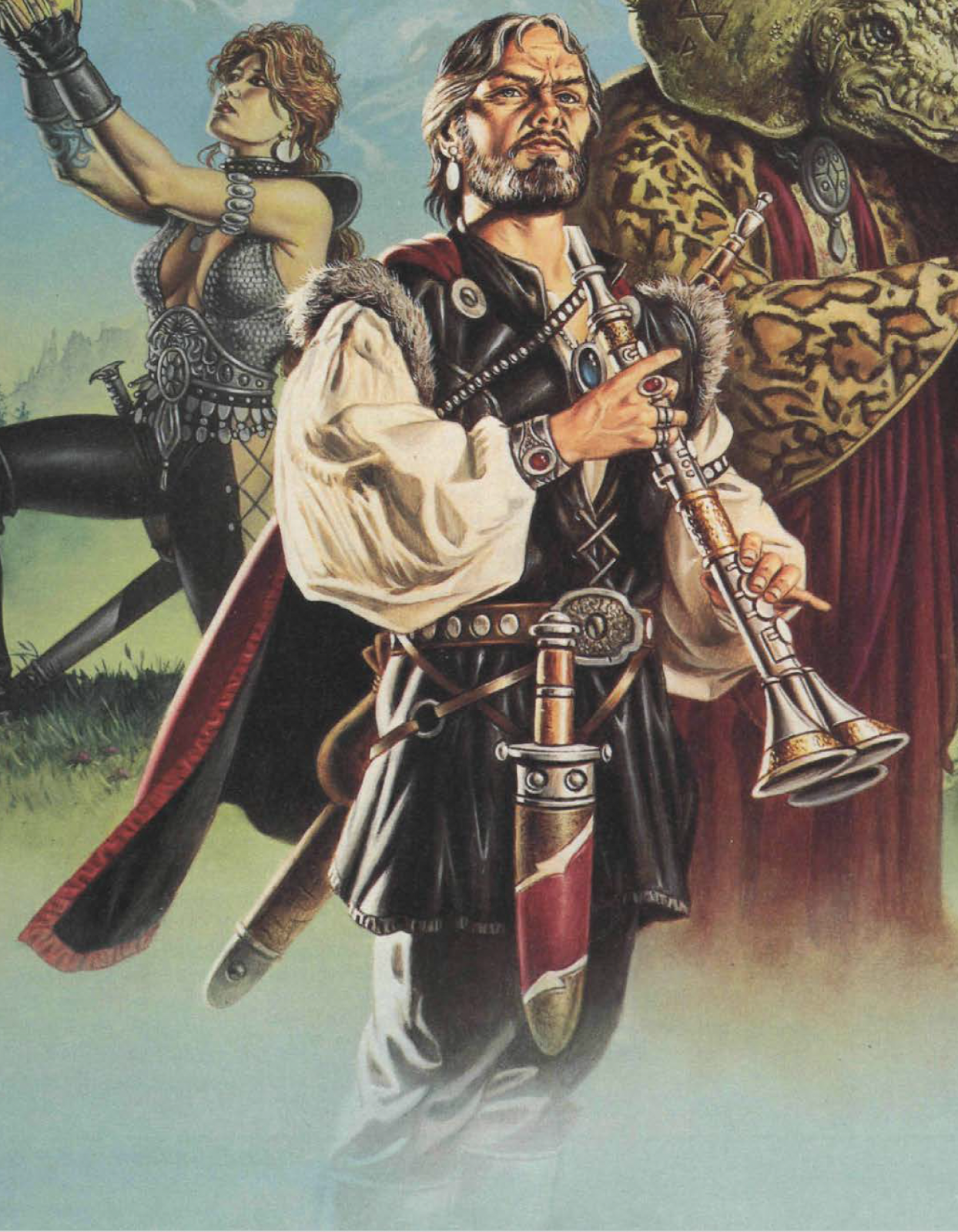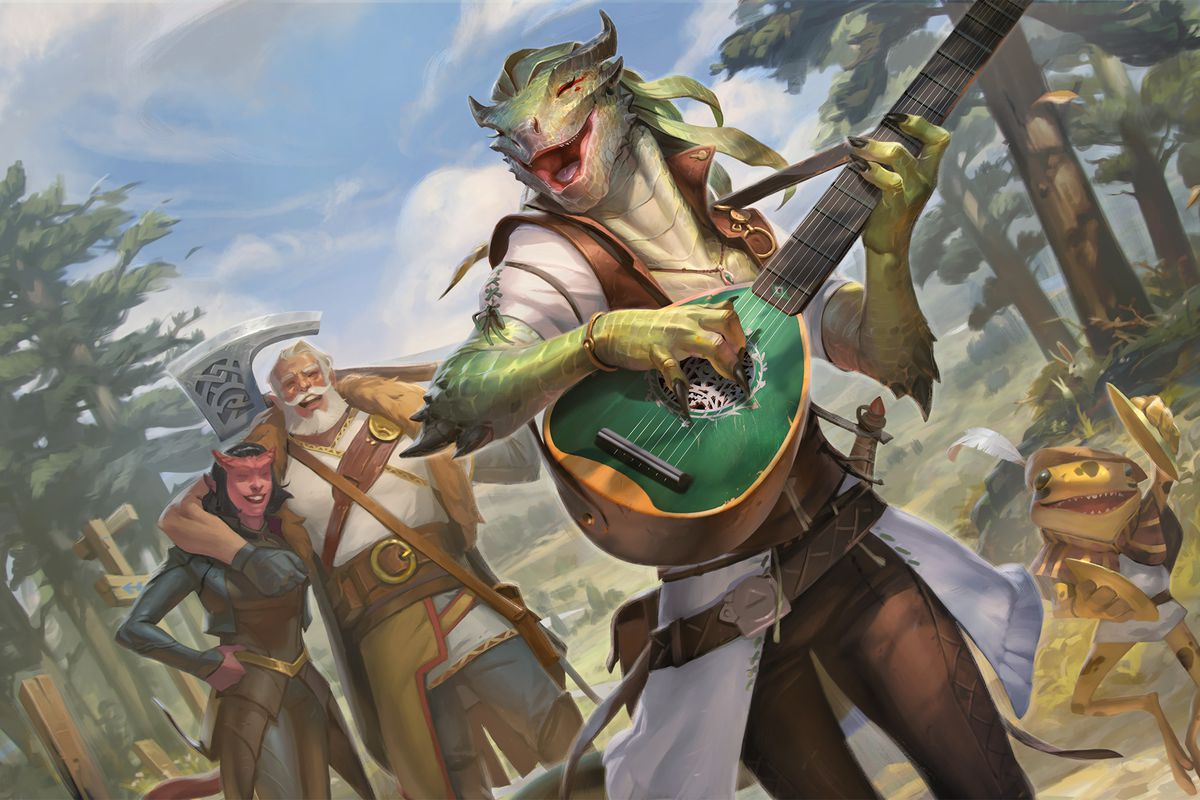ACKS II Review

tl;dr A giant-sized core ruleset that nonetheless offers the best take on an Advanced version of D&D you are likely to find. I never really looked at the Adventurer Conqueror King System, though I had heard good things about it, as an elaboration of classic D&D with a proper domain game. When the new Imperial Imprint (II, aka v2) came out, I decided to spin up my drivethrurpg account and plop for the pdf. Let's start by saying this is not classic D&D. It is evidently based on BX/BE D&D, with its math and level progression advancing only to 14th level. But the scope and detail of this game is far more ambitious than anything Classic and those who enjoy the restrained core of Classic D&D will find the wealth of options and systems overwhelming. It is rather an alternate attempt at making an Advanced D&D, based on Classic D&D. And it is epic/monstrous in scope. Let's look at word counts of core rulebooks (not including monster manuals): ...






